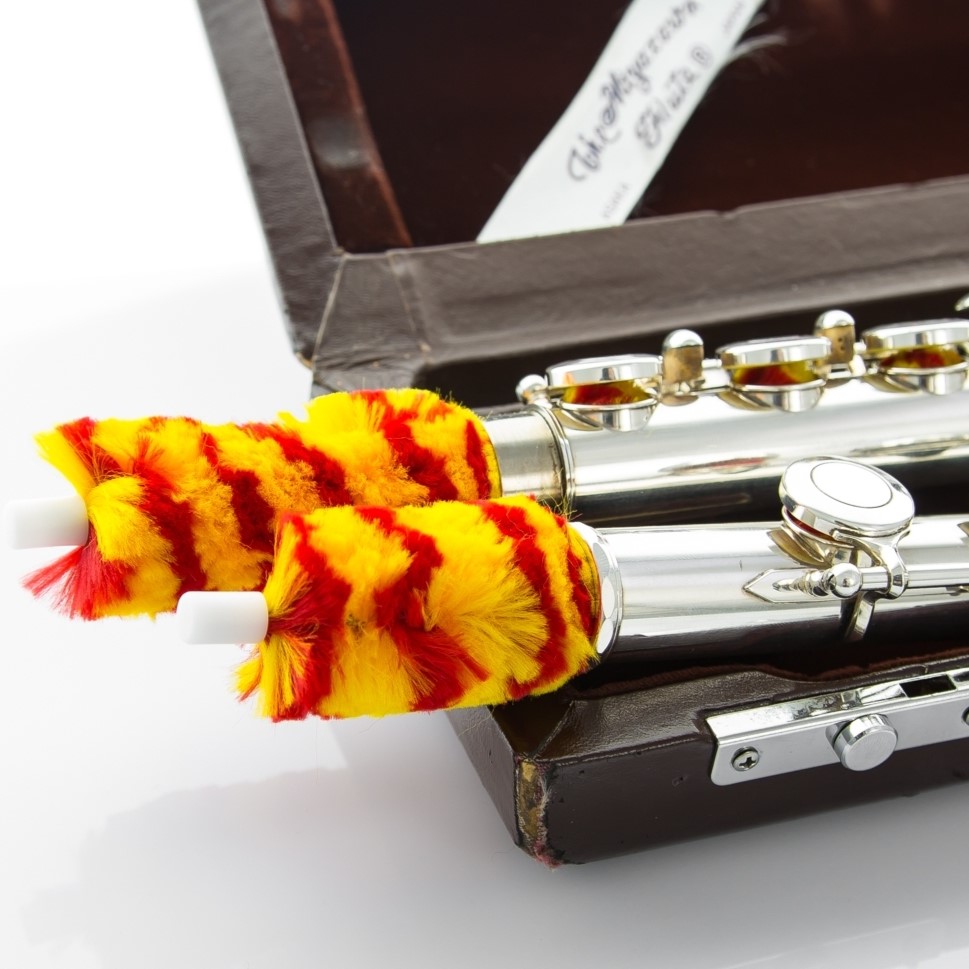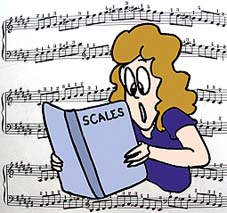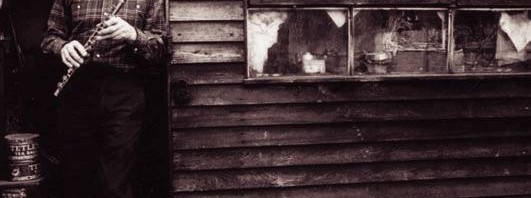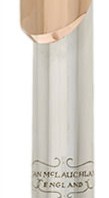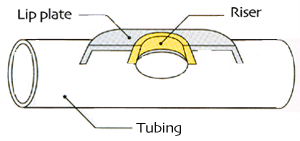Workshop
-
Flute Essentials: Cleaning and Maintenance Accessories
Our cleaning equipment recommendations – items that every flute (and piccolo) player should have.
-
Practising Scales
For some people, the mere mention of “scales” leaves them feeling depressed, anxious or just confused! But since music is made up of scales and arpeggios, we should feel comfortable with them. Whenever I teach or play scales, I think it’s important to have a clear idea of why you are playing them. So why practise…
-
RS 2012 Scale
RS 2012 is slightly different from the original Cooper Scale. As Cooper admitted, there was always room for improvement and this has now been done. That said, I am sure there will be corrections in the future, continuing Cooper’s work. The alterations are small, but to those with sensitive ears, they are significant when expressive…
-
In My Opinion
For many years now there has been an issue in the British flute world that has been allowed to continue unchecked and I feel that is time that someone with a contrasting view voices an opinion.
-
Scales: An Incomplete Look at What Every Flutist Should Know
What’s in a scale? More to the point, what’s in “the Cooper scale”? This short primer on scale—and why every flutist needs to understand its importance— includes a heartfelt appeal for the open information-sharing that defined the character of the late Albert Cooper.
-
Ian McLauchlan’s Guide To Making A Headjoint: Finishing the Headjoint
Probably the most important stage of making a headjoint is cutting the embouchure hole. It is this that really makes it work or not.
-
Ian McLauchlan’s Guide To Making A Headjoint: The Riser
In my first two articles in this series I talked about how I make a headjoint tube and lip-plate. This article covers the riser: a part that you don’t really see but that is an important part of the headjoint. The riser (also called the chimney, or by some American flutemakers, the ‘wall’) gives the…
-
Ian McLauchlan’s Guide To Making A Headjoint: The Lip-Plate
In part 1 of this guide, I explained how tubes for handmade flute headjoints are made. In this article, I’ll talk about the method I use to make a lip-plate.
-
Ian McLauchlan’s Guide to Making A Headjoint
What I am intending to do over my next few blog posts is to describe the process involved in producing a headjoint from tubes and sheet, through to the final finished product. I am not for one moment suggesting that this is the only way of making a headjoint, but it is one that works…
-
Sticky Pads: A Perennial Problem
Sticky flute pads are something that nearly all flute players have to put up with. Here are some tips on how to reduce stickiness and noise.

